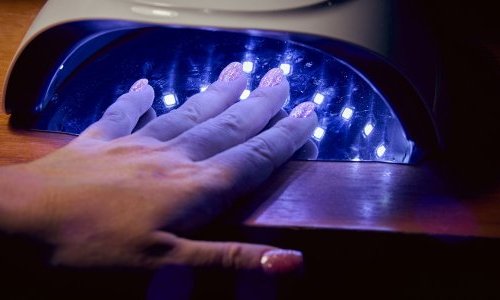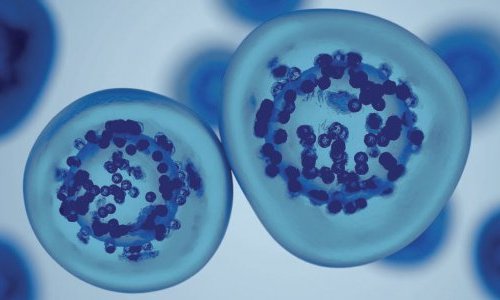Apart from the fact that 90% of our body is filled – not to say colonized – with bacteria, this gigantic microbial population raises many questions, one of which concerns the cosmetics industry more specifically: the adhesion of microorganisms on the surface of the skin.

To Marie-Noëlle Bellon Fontaine, researcher at AgroParisTech, “90% of microbial cells live fixed to biotic surfaces like the skin and the stomach, but also abiotic surfaces like ceramics and plastics.” Adhesion involves physico-chemical interactions. “The pH regulates the adhesion, but also the topography and roughness of the surface. Depending on the type of surface, the microbial structure is modified with a sub- or overexpression of certain bacteria,” the researcher completes. Then it can prove difficult to determine the conditions in which the microbiota must be studied, bearing in mind that the skin surface is not inert.

The microbiota analysis, which started with the study of the intestinal microbiota, is a broad, complex subject that is already been researched for several years. Joël Doré, researcher at the French National Institute for Agricultural Research (INRA), confirms the need to develop standardized methods and collect samples most meticulously. “Without a standardized method, it is impossible to issue any comparability, which often makes it burdensome to implement the protocols, whereas it is essential.” Metagenomic methods are used.
By contrast, the research on the skin microbiota is much more recent than that of the intestinal microbiota. “The skin has been studied for a bit less than ten years, knowing that we only cultivate 1% of known bacteria, and that we only know 0.1% of the bacteria present on the skin,” explains Richard Martin of L’Oréal.

It is believed that each square centimetre of our skin contains one million bacteria that exchange, communicate, and live together, which makes their analysis quite painstaking. We all have our own bacterial card defined according to our diet, living environment, climate, and even the way we came into the world. “There is a huge difference between what we can observe in our laboratories and what actually happens on the skin,” Richard Martin completes.
Scientific research on the skin microbiota has only just started, and prospects must be much broader than what we can imagine today.




























